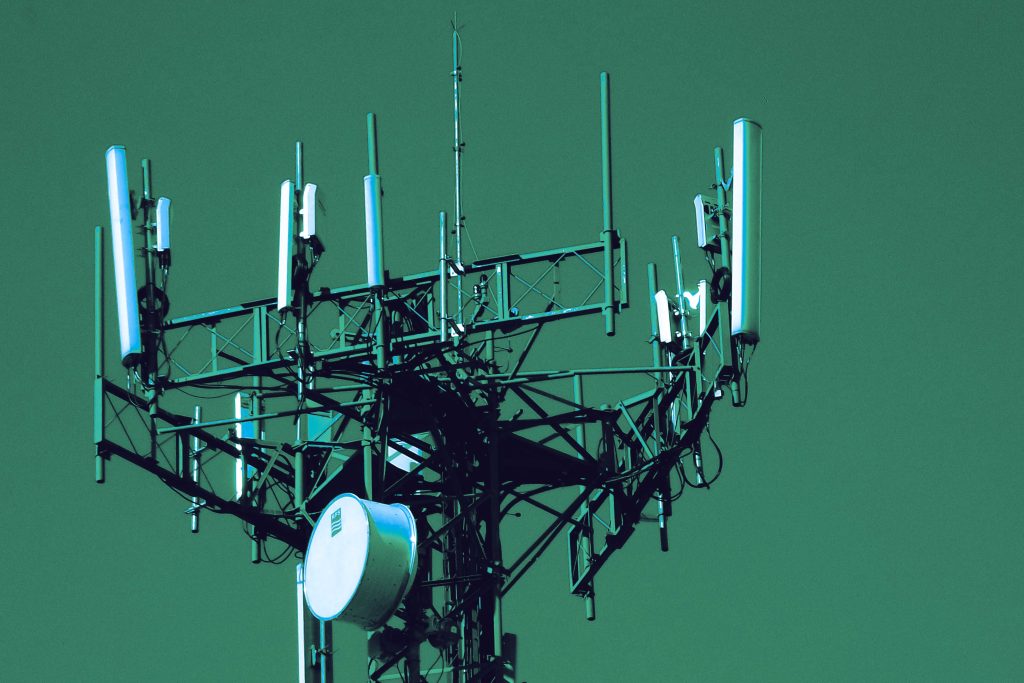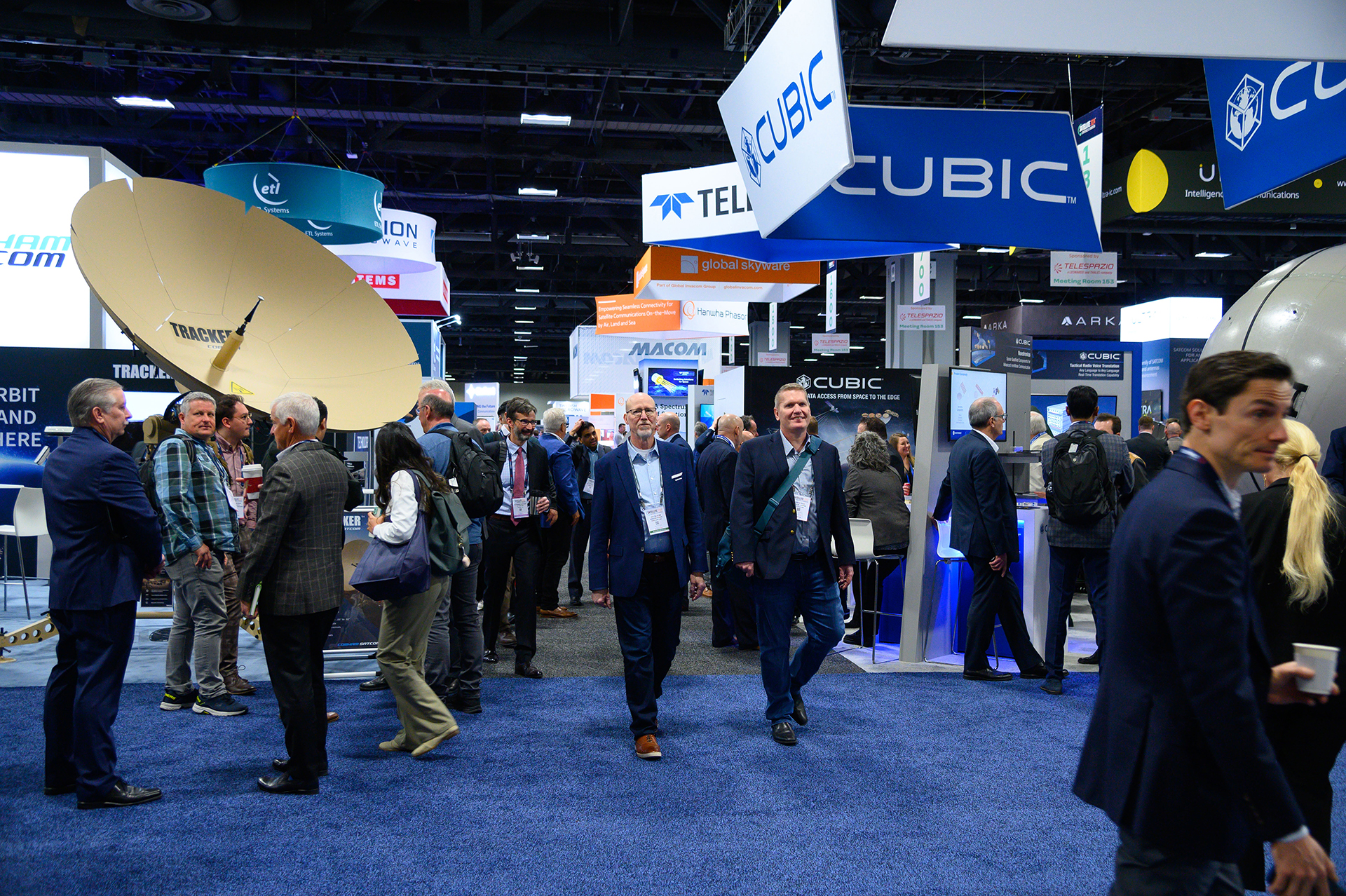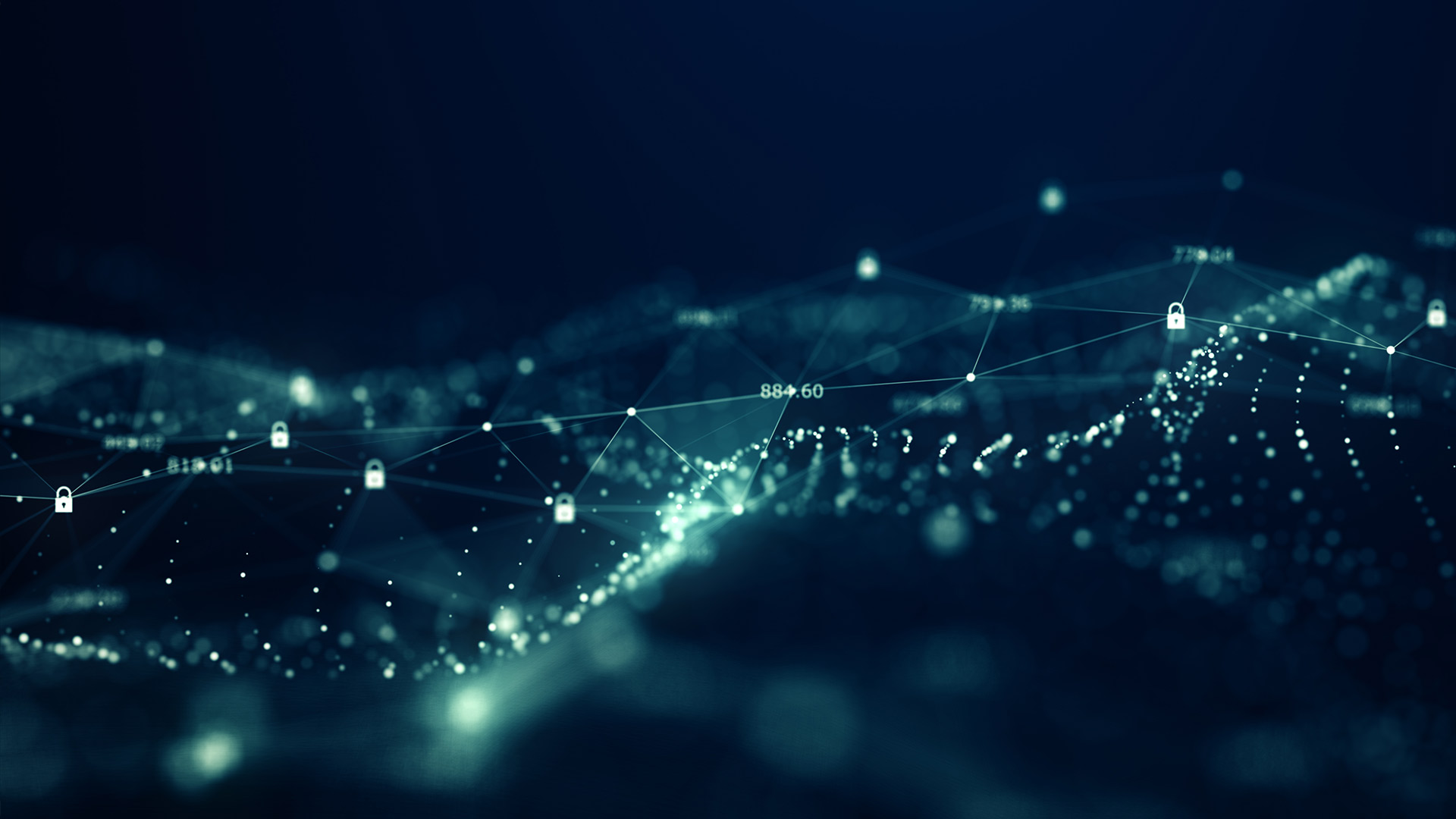On Episode 3 of The Satellite & NewSpace Matters Podcast we were delighted to be joined by Andy Lucas, the CEO of LEUK Teleport & Data Centre, previously known as Signalhorn. He’s an avid cyclist who hopes to discover the next big use case for satellite communications and apparently get himself a robot lawnmower as well. Andy has had an impressive career in the satellite and space industry, which has led him to some really exciting things at LEUK Teleport & Data Centre. They currently provide services to GEO platforms with LEO and MEO solutions about to be launched very soon.
We talked about the new tech in the Satellite and NewSpace industry, touching on everything from lawnmowers to the cloud. Below are some of Andrew’s most interesting insights on electronically steered antennas and their wider applications.
What opportunities do you think exist for a business like yours within the NewSpace market, and how do you think the solutions and offerings that you’re able to provide will be influenced by NewSpace rather than traditional communications?
The pace of change in technology is remarkable, right? It’s game changing for the satellite communications industry in particular. One thing I would stress is that I firmly believe the future is a hybrid model. It won’t be Leo or Meo or Geo, or 5g or fibre, the solutions will be an aggregation of all these different technical solutions, such that customers are delivered solutions that genuinely offer the best of everything, and as a result are very biassed towards QE but don’t forget about reliability. There are issues of reliability, particularly as locations move around the world, so there’s a mix of options that change depending on area.
Hybrid models are definitely the way forward. Now, we mustn’t forget that Leo has been around for quite a few years in the satellite industry, as has Meo, and Leo has been very successful with Iridium, for example. The difference now is actually just the capability that’s available from Leo constellations, and Meo constellations – it’s just unrecognisable from 5 or 10 years ago. Customers are much more cloud oriented. They have got a completely different mindset in terms of quality experience and how applications behave in all settings. This recent push behind homeworking, for example, has really driven home the fact that we are basically all working from a little bubbles, relying on a conductivity to actually make something like this possible. Behind that is obviously lots of fibre and variables, with a very high speed and low latency. Classic Geo really just wouldn’t have been successful, we would have all been desperately trying to find a coffee shop to huddle up in. Leo and Meo brings that low latency, high output experience to anybody everywhere around the whole planet, which is a revolution really in terms of opportunity and capability to individuals and businesses alike.
So how do I see this being something that LEUK TDC can capitalise on? Number one, our customers are demanding it. We have numerous critical use cases that we provide for our customers. Low latency would definitely enhance our customers ability to leverage the solution that we provide, but as I say, the hybrid model is going to be the thing that blends that enhanced user experience with the reliability and simplicity of the solutions we provide today going forward. We don’t want to provide solutions to customers that give them latency at the expense of the quality of service and convenience that they enjoy today. So what does it bring to our customers? I think it brings greater reach, higher performance, far superior QE and application behaviour and it unlocks solutions such as the technology we’re using at the moment for this podcast. That’s a big improvement, particularly in locations that are classic telco coverage areas.

What developments in the industry are you most looking forward to seeing in the future?
It’s actually the whole electronic sustainable internal world. I think it has unlocked so much potential because it fixes the ease of use problem. As an industry, we need skilled engineers with a lot of experience to actually successfully deploy solutions, especially in cyber mobility contexts, where the technical solution is a bit more sophisticated. Even a simple cell tower in Africa requires an engineer to install the hardware and commission it successfully in a way that remains reliable though. Even though it’s a simple fixed antenna screwed to a tower, it still needs a bit of work to make that work correctly.
What the ESA world brings is the potential for plug and play. It requires reduced skill sets to install equipment. As a result it greatly reduces the barrier to entry for satellite communications products, because then it’s not really a satellite communications terminal with all the complex connotations that that implies – it’s just an appliance that happens to connect wirelessly to something and then magically presents a high performance connection that has all these low latency, high throughput or high reliability solutions to the end users on the site. To me, that’s the key thing that the industry requires to unlock the potential of the existing Geo or high-performance solutions. There isn’t the number of engineers in the world to allow us to keep on doing it the old way.
I think the potential applications of steerable antenna systems are huge. How far in your future do you see them being found in everyday life?
They’re already available! One application is lawn mowers. You can spend an hour a week cutting the grass, give or take, maybe more depending on how fussy you’re being. You’ve got to get the lawn mower out of the garage, you’ve got to clean the blades, check if it’s got petrol, if it’s charged… You go around the garden, you sweep up the clippings… I enjoy it, but it’s work, whereas a Rover lawn mower just whizzes around your garden cutting the grass for you. It finds its docking station and it just deals with things by itself. There are some challenges with them though. Bizarrely they’re not necessarily easy to use. In theory, you can just draw up your grass and off they go, but actually, what you’re supposed to do is pick a wire around the perimeter of your lawn and around plants you don’t want destroyed which takes time and effort. You need an external mains socket. You know, they’re waterproof but you don’t want them being rained on. They’re gonna get stolen because they’re quite high value items. So they’re not necessarily the kind of purchase you would just make randomly, but the opportunity for me is I can get two three hours a week back, and I don’t have to buy petrol for my lawnmower anymore. That’s the kind of application that I want to start seeing more of.
To hear more about Andy Lucas’s work at LEUK Teleport and Data Centre and the advancements in the Satellite and NewSpace industry, tune into the full episode of The Satellite & NewSpace Matters Podcast from neuco.
We sit down regularly with some of the biggest names in our industry, we dedicate our podcast to the stories of leaders in the technologies industries that bring us closer together. Follow the link here to see some of our latest episodes and don’t forget to subscribe.


